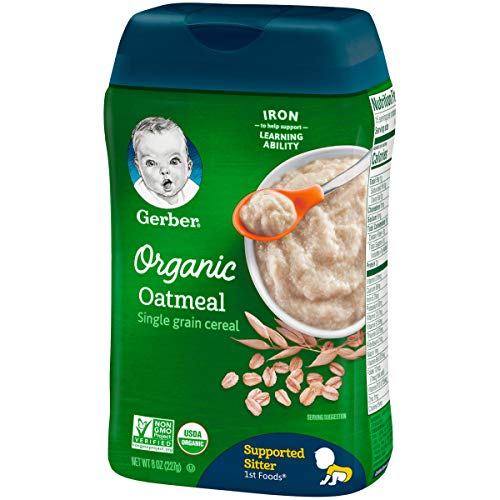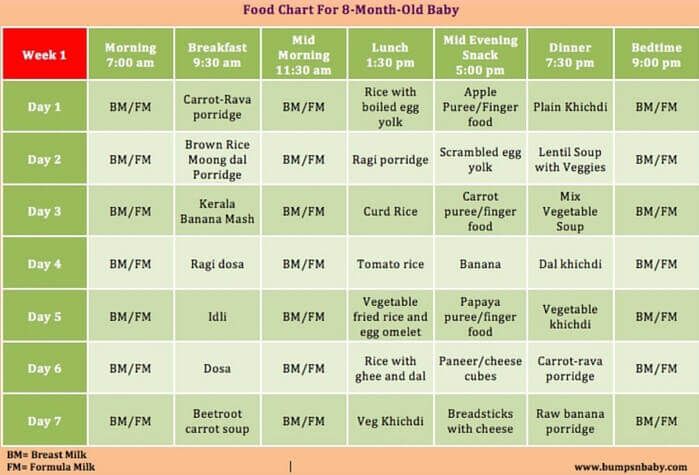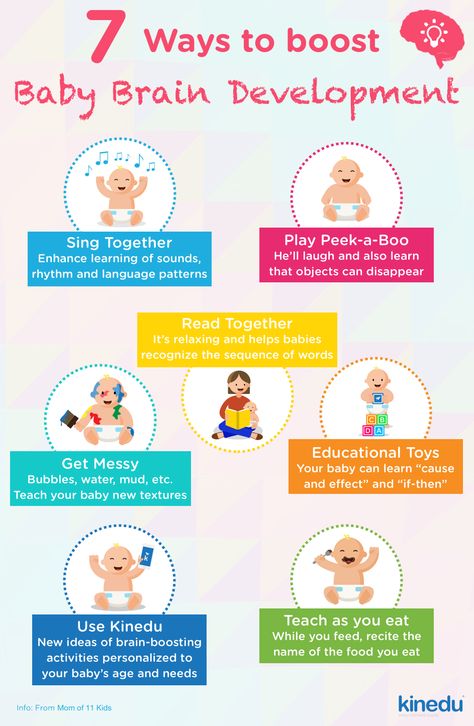Express feeding baby
Expressing and storing breast milk
Expressing milk means squeezing milk out of your breast so you can store it and feed it to your baby later.
You might want to express milk if:
- you have to be away from your baby, for example, because your baby is in special care or because you're going back to work
- your breasts feel uncomfortably full (engorged)
- your baby is not able to latch or suck well, but you still want to give them breast milk
- your partner is going to help with feeding your baby
- you want to boost your milk supply
How to express breast milk
You can express milk by hand or with a breast pump. How often you express your milk, and how much you express, will depend on why you're doing it.
Sometimes it takes a little while for your milk to start flowing. Try to choose a time when you feel relaxed. Having your baby (or a photo of them) nearby may help your milk to flow.
You may find it easier to express if you cover your breasts with a warm towel first, or after you have a shower or bath.
Expressing breast milk by hand
Some find it easier to express milk by hand, especially in the first few days or weeks. It also means you can express without needing a pump, or an electricity supply.
Hand expressing allows you to encourage milk to flow from a particular part of the breast. This may be useful, for example, if one of the milk ducts in your breast becomes blocked.
Hold a sterilised feeding bottle or container below your breast to catch the milk as it flows.
These tips may help:
- Before you start, wash your hands with soap and warm water.
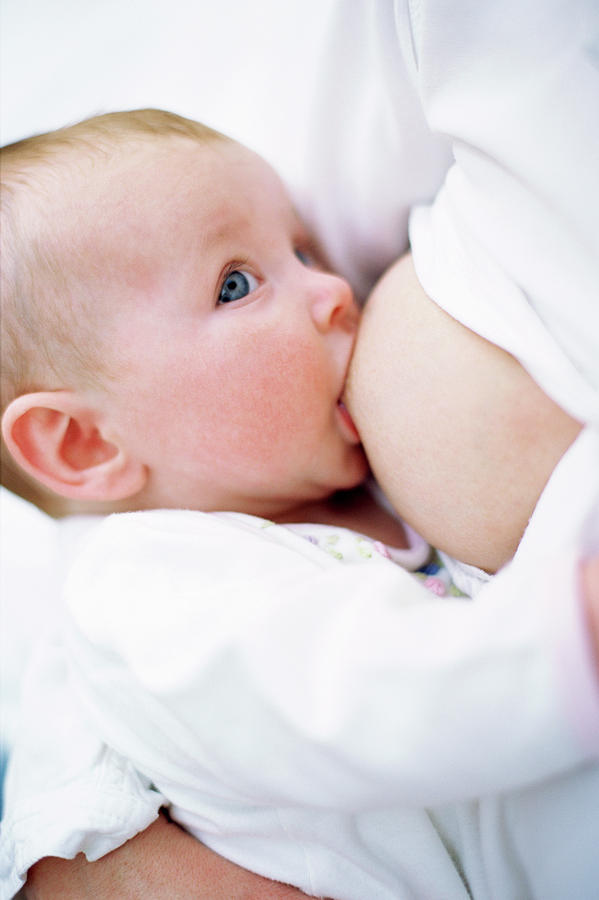
- Have something clean ready to collect the milk in.
- Some find gently massaging their breasts before expressing helps their milk to let down.
- Cup your breast with one hand then, with your other hand, form a "C" shape with your forefinger and thumb.
- Squeeze gently, keeping your finger and thumb a few centimetres away from your nipple, just outside the darker area around it (areola). Do not squeeze the nipple itself as you could make it sore. This should not hurt.
- Release the pressure, then repeat, building up a rhythm. Try not to slide your fingers over the skin.
- Drops should start to appear, and then your milk usually starts to flow.
- If no drops appear, try moving your finger and thumb slightly, but still avoid squeezing the darker area near your nipple.
- When the flow slows down, move your fingers round to a different section of your breast, and repeat.

- When the flow from one breast has slowed, swap to the other breast. Keep changing breasts until your milk drips very slowly or stops altogether.
Watch a video about expressing milk by hand on the UNICEF website
Expressing milk with a breast pump
There are 2 different types of breast pump: manual (hand-operated) and electric.
Manual pumps are cheaper but may not be as quick as an electric pump.
You may be able to hire an electric pump. Your midwife, health visitor or a local breastfeeding supporter can give you details of pump hire services near you.
The suction strength can be altered on some electric pumps. Build up slowly. Setting the strength to high straight away may be painful or damage your nipple.
You may also be able to get different funnel (the part that goes over your nipple) sizes to fit your nipples. The pump should never cause bruising or catch your nipple as it's sucked into the funnel.
The pump should never cause bruising or catch your nipple as it's sucked into the funnel.
Always make sure that the pump and container are clean and sterilised before you use them.
Find out how to sterilise baby bottles
Storing breast milk
You can store breast milk in a sterilised container or in special breast milk storage bags:
- in the fridge for up to 8 days at 4C or lower (you can buy fridge thermometers online) – if you're not sure of the temperature of your fridge, or it is higher than 4C, use it within 3 days
- for 2 weeks in the ice compartment of a fridge
- for up to 6 months in a freezer, if it's -18C or lower
Breast milk that's been cooled in the fridge can be carried in a cool bag with ice packs for up to 24 hours.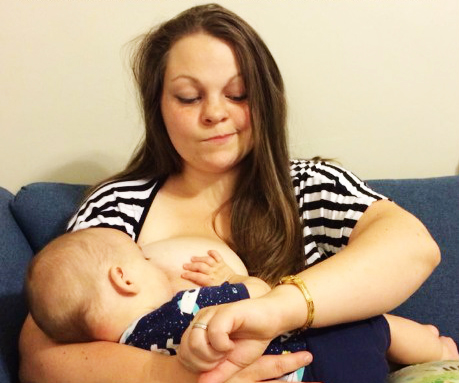
Storing breast milk in small quantities will help avoid waste. If you're freezing it, make sure you label and date it first.
Defrosting frozen breast milk
It's best to defrost frozen breast milk slowly in the fridge before giving it to your baby. If you need to use it straight away, you can defrost it by putting it in a jug of warm water or holding it under running warm water.
Once it's defrosted, give it a gentle shake if it has separated. Use it straight away. Do not re-freeze milk that's been defrosted.
Once your baby has drunk from a bottle of breast milk it should be used within 1 hour and anything left over should be thrown away.
Warming breast milk
You can feed expressed milk straight from the fridge if your baby is happy to drink it cold. Or you can warm the milk to body temperature by putting the bottle in a jug of warm water or holding it under running warm water.
Or you can warm the milk to body temperature by putting the bottle in a jug of warm water or holding it under running warm water.
Do not use a microwave to heat up or defrost breast milk. This can cause hot spots, which can burn your baby's mouth.
Storing breast milk if your baby is in hospital
If you're expressing breast milk because your baby is premature or sick, ask the hospital staff caring for your baby for advice on how to store it.
Read more about breastfeeding a premature or sick baby
If you're having difficulty expressing breast milk
If you're finding it difficult or uncomfortable to express your breast milk:
- Ask your midwife, health visitor or breastfeeding supporter for help.
 They can also tell you about other breastfeeding support available near you.
They can also tell you about other breastfeeding support available near you. - Search online for breastfeeding support in your area.
- Call the National Breastfeeding Helpline on 0300 100 0212 (9.30am to 9.30pm daily).
The Bliss website also has advice about expressing milk for a premature or sick baby
Community content from HealthUnlockedExpressing breastmilk & storing breastmilk
Expressing breastmilk and storing breastmilk: the basics
Expressing breastmilk is when you take milk out of your breast.
Expressing and feeding from a bottle or cup can be handy. You might want to express your breastmilk because you:
- have swollen or engorged breasts
- need to clear a blocked milk duct
- are sick and don’t feel well enough to breastfeed
- want to store some breastmilk in the fridge or freezer.
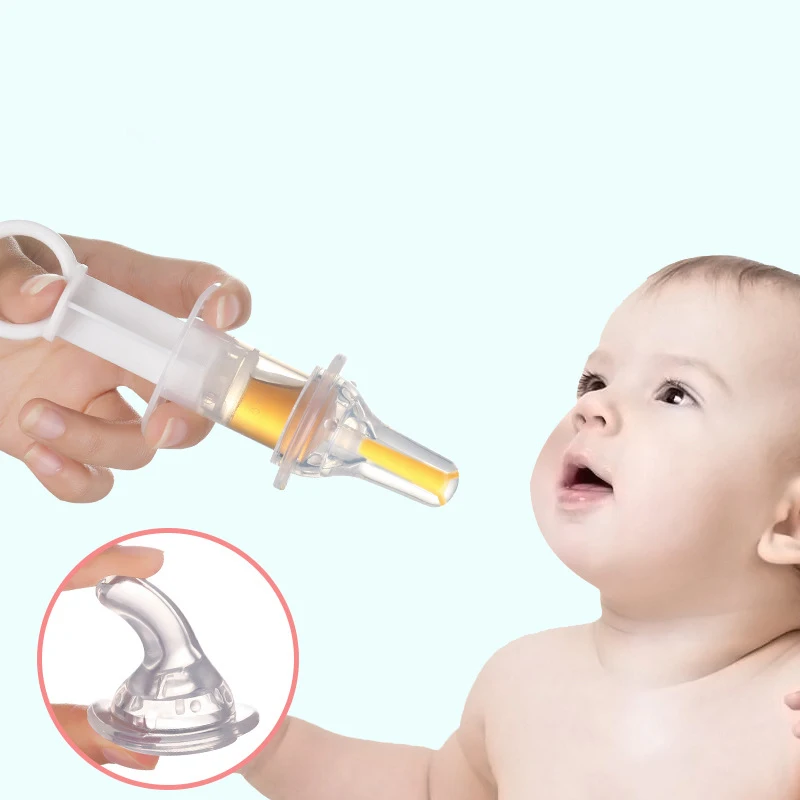
Some women find it easy to express, and other women find it more difficult. It can sometimes take a while to learn how to express.
Women express varying amounts of breastmilk. It depends on many things, including your body, your baby’s last feed and your baby’s age. It can also depend on how often you express.
If you can’t express much (or any) milk, check with your midwife, child and family health nurse or lactation consultant to make sure you’re expressing correctly. An Australian Breastfeeding Association (ABA) counsellor can also help – phone the National Breastfeeding Helpline on 1800 686 268 or use ABA LiveChat.
There are 3 ways to express:
- by hand
- with a manual pump
- with an electric pump.
Most people find expressing breastmilk easier if they’re in a comfortable, private place. Get yourself relaxed and comfortable, and have a glass of water handy to drink. Give yourself plenty of time too – especially when you’re first learning to express.
Expressing breastmilk by hand
Here are the basic steps for expressing breastmilk by hand.
Getting ready
- Wash your hands with soap and warm water. Dry hands with a clean towel.
- Encourage your let-down reflex. You can do this by gently massaging the top and underside of your breast several times. Or you can put a warm washcloth or heatpack on your breast.
- Place a clean plastic dish or a wide bowl under your breast, either between your legs or on a low table. You can express into the dish or bowl and leave both your hands free. You might need a clean towel on your lap to catch any spills or to wipe slippery, wet fingers.
Expressing by hand
- Support your breast with one hand. You might find this is particularly helpful if you have large and heavy breasts.
- With the same hand, place your thumb and finger directly opposite each other, either side of and well back from your nipple near the top of the areola.
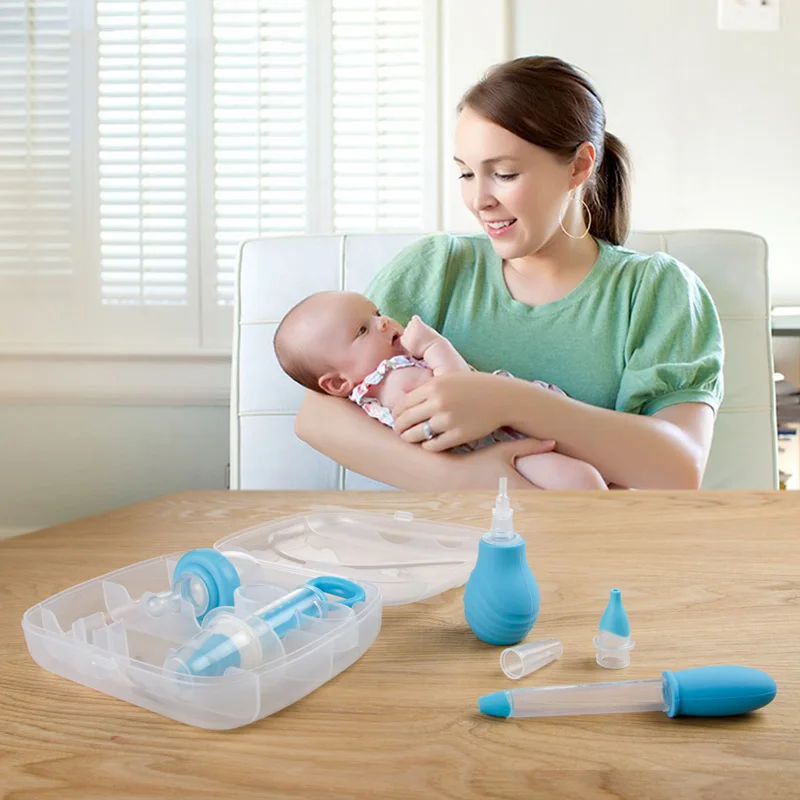
- Gently press inward towards the centre of the breast, until you feel the bulk of the breast. Expressing shouldn’t hurt.
- Gently press finger and thumb towards each other using a rhythmic rolling movement. This will compress the ducts, and milk will flow out of your nipple. There might be only drops until your let-down reflex happens. After this, you should get sprays from the nipple with each squeeze.
- Once the milk flow slows, move your thumb and finger to a different position around the areola and press again. This expresses more milk and empties all sectors of the breast. Change hands if your fingers get tired.
- Repeat the process on the other breast. Expressing milk can be tiring, so stopping for a drink of water might help you relax before you start again.
- If you need more milk, change from breast to breast, or wait and try again later.
Expressing breastmilk with a manual pump
Manual breast pumps usually consist of a breast shield attached to a pump handle and collection bottle or container.
Just as with hand-expressing, the first step in expressing breastmilk with a manual pump is getting yourself relaxed and comfortable. This can help to trigger your let-down. Gentle massage and warmth as described above is a good idea too.
Here are the next steps:
- Place the breast shield of the pump directly over your breast with your nipple centred.
- Squeeze the pump handle gently and rhythmically. You might see only drops of milk until your let-down happens and then it’ll spray.
- Pump until your milk flow stops.
- Switch to the other breast. You can go back and forth several times.
Expressing breastmilk with an electric pump
Electric breast pumps are much like manual pumps, except that you don’t have to do the pumping yourself. Attach the breast shield to your breast (or breasts, in the case of double pumps).
As with expressing breastmilk by hand or by manual pump, get comfortable and relaxed to start. This helps with your let-down.
Here are the next steps:
- Place the breast shield of the pump directly over your breast with your nipple centred.
- Start with low suction and increase it to a level that’s comfortable for you.
- Pump until your milk flow stops.
- If you’re using a single pump, switch to the other breast. You can go back and forth several times.
You can often get more milk by hand-expressing after the flow with the pump has stopped.
You can buy or hire electric breast pumps. The ABA hires them out, as do some pharmacies. You’ll need to buy your own pump kit to attach to a hired electric breast pump.
There are many manual and electric pumps on the market. If you’re interested in using a pump to express, it might be a good idea to speak with your child and family health nurse or an ABA counsellor. They can help you choose the right pump for your needs.
Storing expressed breastmilk
After you’ve expressed, put your breastmilk into a clean, closed container or a special breastmilk storage bag. You can buy storage bags from your pharmacy or other shops that sell baby stuff.
It’s best to refrigerate or freeze breastmilk after expressing. Don’t forget to write the date of expressing on the storage container or bag before you refrigerate or freeze the breastmilk.
If you’re adding fresh breastmilk into the same container or bag as other chilled or frozen breastmilk, cool the fresh breastmilk in the fridge first. The date on the whole container or bag should be the date when the oldest breastmilk was expressed.
The guidelines below explain how long you can store breastmilk at different temperatures and when you should use stored or frozen breastmilk.
Freshly expressed breastmilk
You can store breastmilk:
- at room temperature (26ºC or lower) for 6-8 hours
- in the fridge (5ºC or lower) for up to 72 hours – the best spot is the back of the fridge where it’s coldest
- in the freezer compartment (-15ºC or lower) inside a fridge for 2 weeks
- in the freezer section (-18ºC or lower) of a fridge with a separate door for 3 months
- in a chest or upright deep freezer (-20ºC or lower) for 6-12 months.
Previously frozen breastmilk (thawed in the fridge but not warmed)
You can store breastmilk:
- at room temperature (26ºC or lower) for 4 hours or less – that is, until the next feed
- in the fridge for up to 24 hours – the best spot is the back of the fridge where it’s coldest.
Don’t refreeze previously frozen breastmilk.
Breastmilk thawed outside the fridge in warm water
You can store breastmilk:
- at room temperature (26ºC or lower) until the end of the feed
- in the fridge for 4 hours or until the next feed.
Don’t refreeze previously frozen breastmilk.
If your baby doesn’t finish their feed of expressed breastmilk, you can’t use it for another feed. You should throw it away. Offering small amounts of expressed breastmilk at a time might help to reduce wastage.
Transporting expressed breastmilk
You can transport expressed breastmilk between home and other places. Expressed breastmilk can travel:
- in an insulated container like an esky or cooler bag with one or more freezer bricks
- either frozen or fresh – if the milk has thawed, use it within 4 hours and don’t refreeze it.
Place the labelled breastmilk in the fridge as soon as you arrive or in the freezer if it’s still frozen.
Preparing expressed breastmilk for use
You can give your baby expressed breastmilk with a cup, spoon or bottle. Warm your container of breastmilk by placing it in warm water. Use fresh breastmilk first if you have some, but if you’re using frozen breastmilk, you can thaw it by placing it in either cool or warm water.
Test the temperature of the milk before feeding your baby. The temperature should be lukewarm or around body temperature. Some babies don’t mind milk that has been thawed but not warmed.
Don’t use a microwave oven to thaw or warm the milk, because this destroys some of the components of breastmilk. It can also result in hot spots, which can burn a baby.
You might notice that expressed and stored breastmilk has a surface layer of fat, with lighter milk underneath. This is normal. You can gently swirl the bottle or container after heating to mix the fat through.
Cleaning expressing equipment
Clean all breast pump parts and storage containers used to collect and store breastmilk before use. But you don’t need to clean sterile expressed breastmilk bags or new plastic bags before use.
If you’re expressing once a day or more, you should thoroughly clean your expressing equipment at least once every 24 hours. Here’s how:
- If your water supply is different for drinking and washing, use drinking water to clean your expressing equipment.
- Check the manufacturer’s instructions to find out how to pull apart your breast pump.
- Wash your hands well, and dry them with a clean cloth or paper towel.
- Take apart your breast pump and rinse with cold water to remove any milk.
- Wash all equipment well in hot water and detergent. Scrub with a brush that you use only for cleaning this equipment.
- Rinse equipment at least twice in hot water.
- Place equipment upside down on a clean cloth or paper towel, and cover it with another clean towel while it dries.
- If there’s any water left on the equipment, dry the equipment with a clean cloth.
- Store the dry equipment in a clean, closed container or plastic bag until next use.
In between cleans, here’s what to do if you have access to a fridge:
- Store expressing equipment in a clean, closed container or plastic bag in the fridge until next use.
- Make sure that you place the equipment in the fridge immediately after use.
And here’s what to do if you don’t have access to a fridge:
- Thoroughly rinse expressing equipment in cold water after each use.
- Store equipment in a clean, closed container or plastic bag until next use.
If you and your baby are well, you don’t need to sterilise expressing equipment after cleaning.
You do need to sterilise bottle-feeding equipment after cleaning for babies under 12 months. You can read more about cleaning and sterilising bottle-feeding equipment.
This information applies to normal healthy babies being fed their own mother’s breastmilk. If your baby is premature or sick, the health professionals caring for your baby will tell you what to do.
Pumping when mom needs to go away | Philips Avent
Search Support iconKeywords for searching
Home ›› Milk Expression of Mom from the Baby
Home Milk During Temporary Out of Mom from the Baby
↑ Verkh.
9000
Even if you don't have the opportunity to be near your baby, you can be sure that by pumping, he will receive all the necessary nutrients from breast milk. Perhaps you are already using a breast pump to continue breastfeeding when you go to work, or you just want to have more free time between feedings.
3 Philips Avent products to help you pump and store your milk comfortably:
Not sure when to start pumping or when to use a pump? Don't worry, we've put together a quick guide to help you learn how to express milk and learn about the benefits of using a breast pump. We'll also give you tips on how to express your milk when you're away from home, how to keep it adequate, and how to store it safely.
When should I start expressing milk?
Most women begin to express milk after six months, but there are circumstances that force them to do so sooner.
If you intend to express milk as early as possible, the answer to the question “When can I start expressing milk?” will be: "A few hours after birth." Some mothers find that expressing milk is effective at a very early stage, especially if the baby has latch-on problems, as pumping improves the flow of milk to the breast.
Other mothers start pumping after breastfeeding is established because they want someone in the household to help with feeds while they are away or with feeds after they go to work.
There are no specific rules about when to start pumping, so you can do whatever works best for you. Whatever your needs, you can pump to make your schedule less dependent on feedings.
How to express breast milk: general questions
How long should I express milk? How much milk do I need to express? What equipment do I need for this? Every mother has questions about this topic, however, once she starts expressing milk, she easily adapts to this process.
Most moms find a breast pump to be the easiest way to express breast milk. The principle of operation of different breast pumps may vary slightly, so read the instructions for use before using the device. Remember that it can take 1-2 minutes for milk to come out of your breast during pumping, so don't worry if you don't see it right away!
Not sure how long to express milk? If you are not in a hurry, try to express milk until you feel that your chest is empty. Due to the individual characteristics of each woman, the pumping time will be different.
The amount of milk expressed will depend on when you last breastfed and how long you have been using the pump and are accustomed to using it. Even your internal state and time of day can affect the amount of milk. If you have problems with lactation, check out our tips for increasing your milk supply. Generally, the best time to express is in the morning. During sleep, there is an increase in the level of hormones responsible for the production of milk.
Should breastfeeding be combined with pumping? Wait about an hour between pumping and the next feeding. So you will be sure that the baby will have enough milk! Feed your baby as much as it takes to keep him full and happy. Use a breast pump to fully express milk from your breasts and save excess milk.
How to Express Breast Milk: Practical Tips
Whether you are expressing milk at home (for a night feed) or at work, there are a few key points to keep in mind to help you.
1. Plan ahead. If you have to leave your baby, start using a breast pump a few weeks in advance. This way you will store enough milk for your baby and get used to using a breast pump.
2. Be ready. You may be aware of the so-called "oxytocin reflex", which stimulates the flow of milk due to the release of the hormone oxytocin. Oxytocin increases the secretion of breast milk that can be expressed. The production of the hormone can be caused in many ways, even just by looking at the child. Therefore, many mothers find it effective to look at a photo of their baby while pumping while away from home. After you finish pumping, you can also use bra pads to keep your breasts dry and protect your clothes from milk stains.
3. Get comfortable. The more comfortable you feel, the easier it will be to express milk. Find a quiet, private place and feel free to change the lighting and music to your liking. It is helpful to find a seat with good support so that you can sit comfortably with the pump in front of you.
4. Express as many times as you would like to breastfeed your baby. To maintain the required supply of milk, express it as often as you normally feed your baby. Thus, if the baby usually has three feedings during your absence, then you need to express milk at least three times.
How to choose the best breast pump for expressing milk
There are several different types of breast pumps, each with its own advantages. Choose the one that will help you feel comfortable in your daily life. Perhaps you prefer to have a device that is designed to be used on the go? Or do you need a breast pump that will allow you to express milk quickly?
Storage and preparation of milk after pumping
After you have expressed your milk, remember to freeze or refrigerate it. Then, before feeding the baby, it must be thawed and warmed up. Here are some tips on how to store breast milk:
- Use sterile milk storage containers or freezer bags to collect and store milk.
- Do not fill the container to the upper limit, because. when frozen, breast milk "expands", the optimal portion for storage is 60-120 ml.
- Label the container with the pumping date or write the pumping date on the container with a permanent marker.
- Store milk in the refrigerator at 2-4°C for up to 24 hours.
- After cooling the expressed milk in the refrigerator for 0.5 hours, the milk can be frozen in the freezer and stored there for 3 months.
- Place the milk closer to the back of the refrigerator or freezer than in the door to keep the milk at a constant temperature.
- Thawed milk placed in the refrigerator should be used within 24 hours.
- Do not refreeze defrosted milk.
- Transport milk in an insulated container with an ice pack.
Use these tips to prepare your expressed milk for nursing:
- Thaw or warm breast milk under running warm water, in a bain-marie, or with a bottle warmer.
- Do not use a microwave oven to heat milk.
- Do not heat milk to boiling point.
- Shake the milk bottle before feeding until smooth.
- Check milk temperature before feeding. The most optimal temperature is the average between body temperature and room temperature. To check the temperature of milk, you can drop it on your skin.
Advice for first-time moms
If you are just starting to express milk, remember that this process may not be entirely comfortable. The more relaxed you are, the easier it will be to express milk. Sometimes this will be difficult to do, for example if you are trying to express milk during a busy work day or in an unfamiliar place; therefore, it is necessary to practice well at home and show patience. You will soon learn how to express breast milk. In the next article, you will learn how to store breast milk!
Philips Avent articles & tips
Baby+ app
Download the app and track your baby's development and growth with trackers and keep those special moments forever.
Download app:
Pregnancy+ app
Download one of the world's best pregnancy tracking apps for weekly helpful information, articles and tips about pregnancy and baby development.
Download app:
You are leaving the Philips Healthcare (“Philips”) official website. Any links to third party websites that may be included on this site are provided solely as a convenience to you. Philips makes no warranties regarding any third party websites or the information they contain.
I understand
You are about to visit a Philips global content page
Continue
You are about to visit the Philips USA website.
I understand
What is the relationship between breastfeeding and crime? |
Archive audio
Download
Many young mothers refuse to breastfeed or only breastfeed for the first time. It is especially difficult for those who go to work quite soon after the birth of a child. It is clear that it is much easier to dilute the mixture and give the baby a bottle.
But the World Health Organization keeps reminding about the benefits of breastfeeding for both the baby and the mother. One way to draw attention to this issue is Breastfeeding Week, which takes place around the world in early August. The WHO recommends exclusive breastfeeding for newborns for at least six months. Why? Nazira Artykova, a WHO expert on maternal health, answered this and other questions for Elena Vapnichnaya.
******
AT : Breast milk is the ideal food for newborns and infants, especially colostrum, which is released during the first days of breastfeeding. It contains all the nutrients: protein, fat, carbohydrates, vitamins and, most importantly, immunoglobulins that children need for healthy development. It is safe and helps protect children from childhood illnesses such as diarrhea and pneumonia, which are the two leading causes of death for children worldwide.
I understand the skepticism that exists now, especially in European countries. The advertising of milk formula, of course, surpasses all our information about the benefits of breastfeeding in scale, because the commercial brands [producing formula], despite all our agreements, continue to advertise their products, and, of course, it is free on the shelves, it can be easy to buy. And for most mothers, it's an easier way to feed their babies than continuing to breastfeed. Formula is easier to prepare than continuing to breastfeed.
EB: And there's something missing in formula compared to breast milk. After all, they are advertised as an excellent replacement for breast milk, and they also contain nutrients.
HA : Yes, infant formula does not contain the antibodies found in breast milk. This has been proven by long-term studies. The benefits of breastfeeding for mother and baby cannot be replicated with infant formula. In addition, in case of improper preparation by the baby, sweep: for example, if you add more water there, or, conversely, less water, then the consistency of the mixture changes, and the food either turns out to be difficult for newborns, or the child or newborn does not receive any nutrients. So excessive dilution in order to stretch the supply of the formula, or vice versa, the desire to make the mixture thicker leads to diseases of the children, especially the gastrointestinal tract, which appear much later, when the parents can no longer return to breastfeeding.
EB: Have there been any comparative studies to determine how breast milk and formula affect children's health, respectively?
AT : Of course, there are multi-country and long-term studies confirming the exceptional advantage of breast milk over all artificial formulas. If we talk about the short-term impact, breastfeeding children are less likely to suffer from infectious diseases. Long-term studies prove that these children grow up psychologically healthy, they have a good psychological contact with their mother, they develop better at school and in a preschool institution. Subsequently, they adhere to the values of the family and commit fewer crimes than children who are raised on artificial mixtures.
EB: Is there a trend in the European Region for women to breastfeed less?
AT : Yes, unfortunately, no country in the world has reached the level of breastfeeding recommended by the World Health Organization, when eighty percent of mothers continue to exclusively breastfeed their babies up to 6 months.


